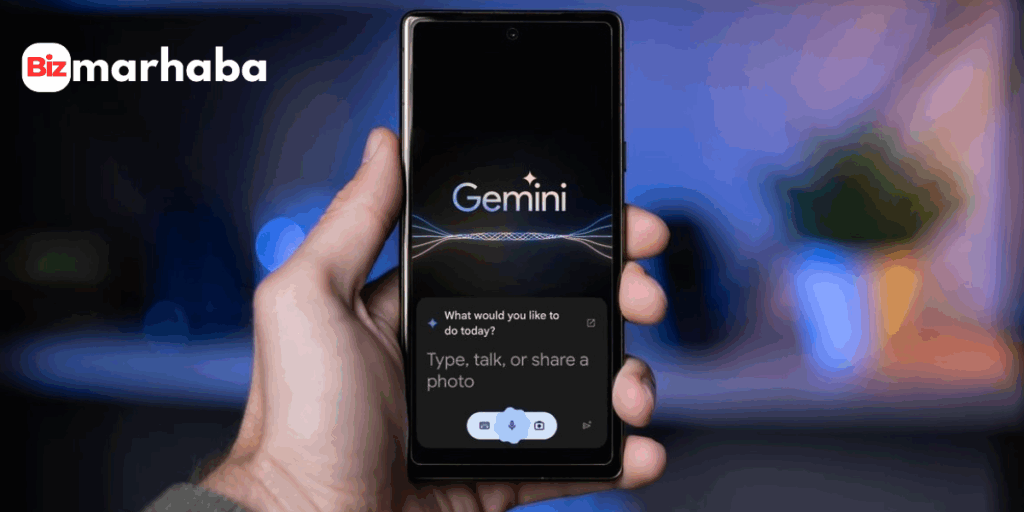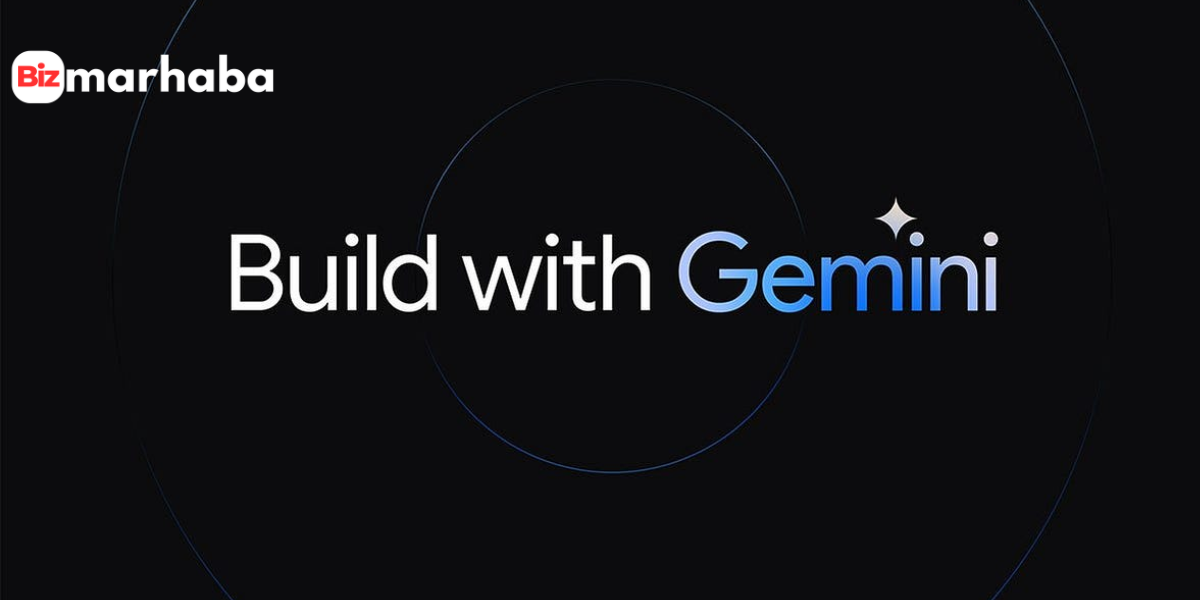The contemporary employment search is not tolerant. Managers are skimming resumes in seconds, Applicant Tracking Systems (ATS) are sieving out those who do not fit the right keywords and the competition in almost all industries is intense. It is not merely writing a resume but one that brings interviews.
Then there is Google Gemini, the new generation of AI. Contrary to other generic AI tools, Gemini is programmed to comprehend the situation, trends, and detail in such a manner that allows job applicants to emphasize their strong points without being unnaturally robotic. The trick? Knowing exactly what prompts to use when updating your resume using Google Gemini.
Let’s break it down step by step, with 13 real prompts you can apply today.
Why Google Gemini Could Be Your Secret Resume Weapon
Resumes are no longer static timelines of jobs and education. They’ve become living documents that need to adapt to every role you apply for. The reality is, only one generic resume can hardly pass the first filter.

Recruiters take only a few seconds in their decision on whether to continue reading or not. This implies that your resume should be able to appease both the Applicant Tracking System (ATS) to its key-word filter and the recruiter to process with clarity and impression.
This is where Google Gemini makes a difference. It does not simply give your post words that are buzzwords, it breaks down the context and makes your experience sound natural and convincing. It is stronger in identifying trends, matching your talents to job requirements, and reformatting parts of your resume in ways that will pass the ATS and impress potential employees.
And here’s the bigger picture: Google Gemini isn’t only about resume writing. It’s part of a broader transformation in how AI personalizes online interactions. For instance, its contextual power is already shaping Google Gemini personalized search, showing just how effective it can be when applied to your career documents. Instead of one-size-fits-all advice, you get tailored recommendations that mirror both market demand and your individual career story.
13 Prompts to Use When Updating Your Resume Using Google Gemini
Here’s the good stuff. The actual prompts that will transform your resume from flat to interview-ready. You can copy, paste, and adjust these to fit your role.
1. Crafting a Targeted Professional Summary
“I’m applying for [job title]. Here’s my current summary: [paste text]. Rewrite it to align with this job description [paste JD], keeping it to 3-4 sentences and naturally including relevant keywords.”
Why it works: A summary is your elevator pitch. Gemini ensures it’s tailored, concise, and powerful.
2. Highlighting Achievements in Your Summary
“Write a summary for someone with [X years] of experience in [industry]. Include: years of experience, 2-3 key skills, and one measurable achievement. Keep it under 4 sentences.”
This prevents generic fluff and replaces it with proof-driven statements.
3. Turning Responsibilities into Impact Statements
“Transform this job responsibility into an achievement: [paste bullet point]. Use action verbs, measurable results, and link it to business impact.”
Instead of “Managed a team of five,” Gemini will suggest: “Led a team of five, improving project delivery time by 20%.”
4. Weaving in Technical Skills Naturally
“Rewrite these bullets to emphasize technical expertise: [paste list]. Incorporate skills like [specific tools/technologies] while keeping it readable.”
No more laundry lists of tools; skills are placed in context, showing how you actually used them.
5. Adding Numbers for Impact
“Review this work section: [paste text]. Suggest where to include percentages, dollar amounts, or timeframes to highlight measurable results.”
Metrics are what separate an average resume from a standout one.
6. Checking for Skills Gaps
“Compare my skills [paste list] with this job description [paste JD]. Identify matches, under-emphasized skills, and missing ones I should highlight.”
Gemini functions almost like a recruiter here—pointing out what hiring managers want to see.
7. Organizing Skills by Relevance
“Reorganize my skills into logical categories like Technical, Leadership, and Industry Knowledge. Prioritize relevance for [job title].”
This makes your resume scannable and ATS-friendly.
8. Making Education Work Harder
“Optimize this education section [paste text] for [target role]. Suggest what to emphasize or condense.”
For example, Gemini might move certifications above your degree if they’re more relevant.
9. Prioritizing Certifications
“I have these certifications [paste list]. Reorder them for maximum relevance to [industry/role]. Explain why each matters.”
Recruiters often skip this section. Gemini makes sure they don’t.
10. Keyword Alignment for ATS
“Analyze my resume against this job description. Suggest missing keywords and natural ways to include them.”
ATS rejection often happens here. This prompt keeps you in the game.
11. Polishing Clarity and Tone
“Review this resume section [paste text] for readability, grammar, and professional tone. Suggest edits without changing accuracy.”
Think of this as your built-in proofreader.
12. Tailoring for a Specific Job
“I’m applying for [job]. Here’s my resume [paste sections]. Suggest how to emphasize relevant skills and downplay unrelated ones.”
This ensures you’re not sending the same generic document to every job.
13. Reviewing for Truth and Consistency
“Check my resume for consistent voice, accurate dates, and truthful representation. Suggest edits that improve flow without exaggeration.”
AI can polish, but it should never invent. Gemini helps you stay authentic.
Quality Control Still Matters
Gemini is powerful, but it’s not magic. You’re the final editor. That means:
- Double-check all dates, titles, and facts.
- Ensure the tone matches how you’d speak in an interview.
- Never let AI add skills you don’t have.
- Think of Gemini as a smart assistant. It helps you shine, but you remain the star.
Advanced Tips for Getting More Out of Gemini
Here’s where most people miss out:
- Run multiple variations of the same prompt and compare results.
- Mix and match outputs to create your best version.
- Experiment with keyword density. Sometimes less is more.
- Save your best prompts for reuse on future job hunts.
The more you play with prompts, the more Gemini learns how to support your voice.
Turning Prompts into Interviews
Resumes aren’t just about listing jobs anymore. They’re about telling the right story to the right audience at the right time. The right prompts to use when updating your resume using Google Gemini can help you strike that balance, precision for ATS, and persuasion for recruiters.
If you’re serious about landing interviews, don’t just write your resume. Test it. Refine it. Let Gemini challenge you to put your best self forward.
If you’ve ever wondered how long recruiters actually spend scanning resumes, research published in Harvard Business Review reveals it’s often less than ten seconds. That’s why tailoring your document with the right prompts is more important than ever.
FAQs
Can Google Gemini improve my resume?
Yes. Gemini can restructure your resume, highlight key achievements, and ensure alignment with job descriptions while keeping your experience authentic.
What are the best prompts for Google Gemini?
The best prompts focus on summaries, achievements, keywords, and tailoring for specific roles. Always provide your resume and job description for context.
How to use Gemini to update resume?
Paste sections of your resume and the job description into Gemini. Then, ask for tailored rewrites, keyword integration, and clarity improvements.
How to write a prompt for Google Gemini?
Be specific. Mention the role, paste the job description, include your resume section, and set clear instructions (length, style, keywords). The more detail you give, the better the output.








